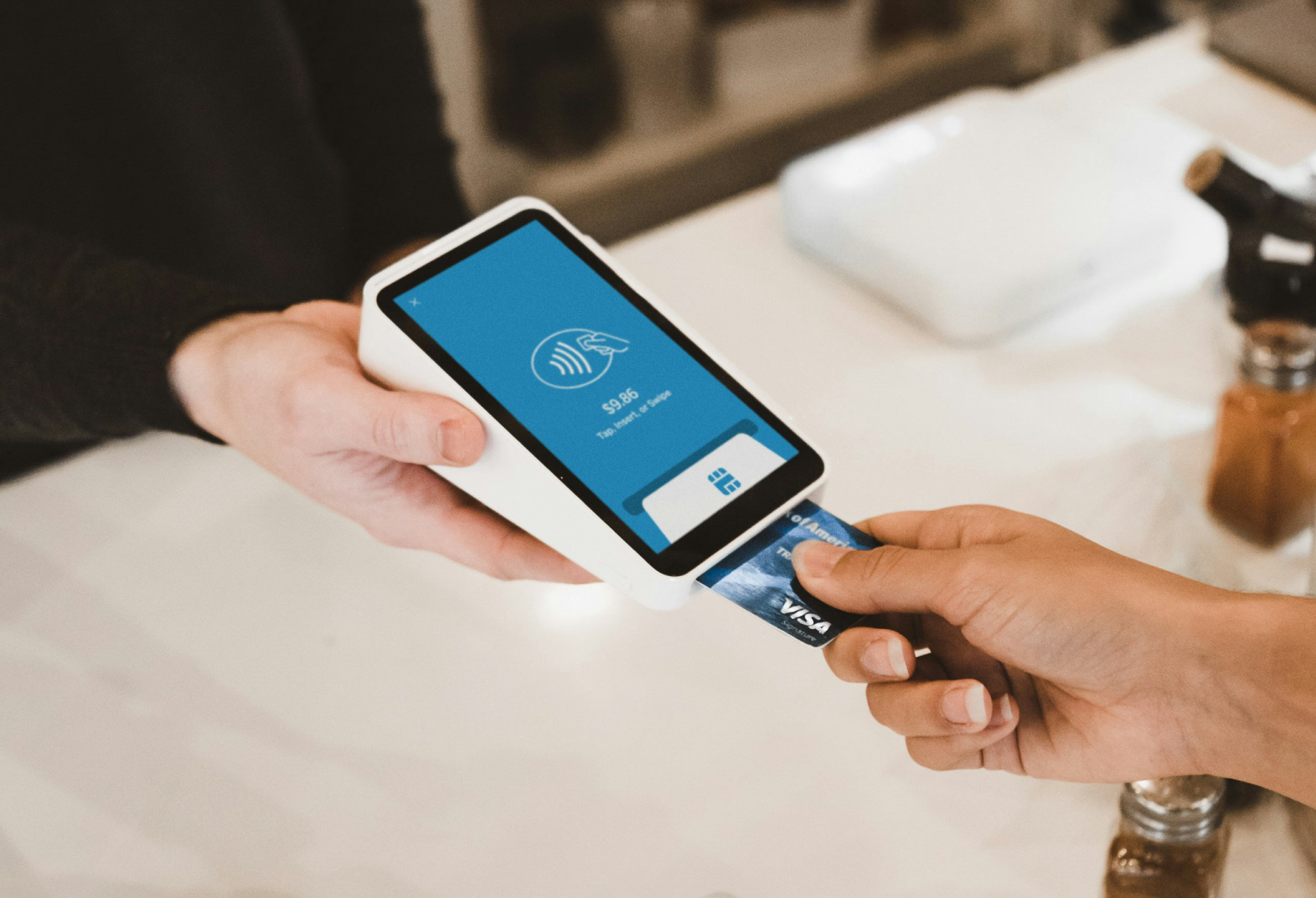The Future of Cybersecurity and Cyberattacks
Cyberattacks are becoming more complex, sophisticated, and undetectable. That means cybersecurity strategies need to review and adapt to trends to ensure continued protection.
Common Trends for the Future of Cyberattacks
The future of cyberattacks revolves around advanced infections and target opportunities. Keep these trends in mind as you plan your approach to security.
1. Utilizing Ransomware
Ransomware involves freezing a system or holding data hostage until a ransom is paid. If the ransom isn’t met, the data could be destroyed or released.
Ransomware is on the rise because it brings bad actors a greater financial reward than other forms of cyberattacks. It’s also becoming more sophisticated. Orchestrated attacks might involve multiple factors, including phishing, automation, and machine learning.
2. Taking Advantage of an Increasing Attack Surface
As companies increase their remote work opportunities, more data is stored on private and public IT infrastructures, cloud centers, and personal computing devices. The variety of access points and unsecured networks creates new opportunities for exploitation and disruption.
3. Targeting Critical Infrastructure
Essential industries like healthcare, finance, transportation, and energy are significant targets for cyberattacks. Businesses in these industries can face a variety of cyberattack methods, from phishing to malware. Many possess complex systems that are difficult to transition into digital spaces, increasing vulnerabilities.
Where the Future of Cybersecurity Needs to Go
To combat attacks and ensure a stable security posture, organizations across industries need to implement cybersecurity best practices like:
- Encouraging security awareness: Data protection starts with your workforce. Provide training and create a security-focused culture to empower your team to identify, combat, and prevent attacks.
- Incorporating new technology: Automation and artificial intelligence can help you monitor, detect, and analyze risks and attacks. They can simplify technology systems to decrease targets, human error, and losses.
- Running frequent tests: Constant review is one of the best ways to ensure continued protection. Run tests on your system to identify vulnerabilities so you can make adjustments for evolving attacks and potential risks.
- Managing vendors: Establish safety protocols to protect against disruptions from a breach with your third-party vendors. Diversify your suppliers to ensure smooth operations in the event of an attack.
- Backing up sensitive data: Create redundancy and extra layers of security by backing up your data in secure locations. Integrating security at every step of your operations will promote greater protection.
Achieve Future Cybersecurity Solutions with Agio
Protect your data against evolving risks and cyberattacks with help from our expert security analysts. Our team will enable your organization to develop a strong, adaptable cybersecurity posture that prepares you for the future. Learn more about our cybersecurity services today.
Share post
Featured Posts
Connect with us.
Need a solution? Want to partner with us? Please complete the fields below to connect with a member of our team.




